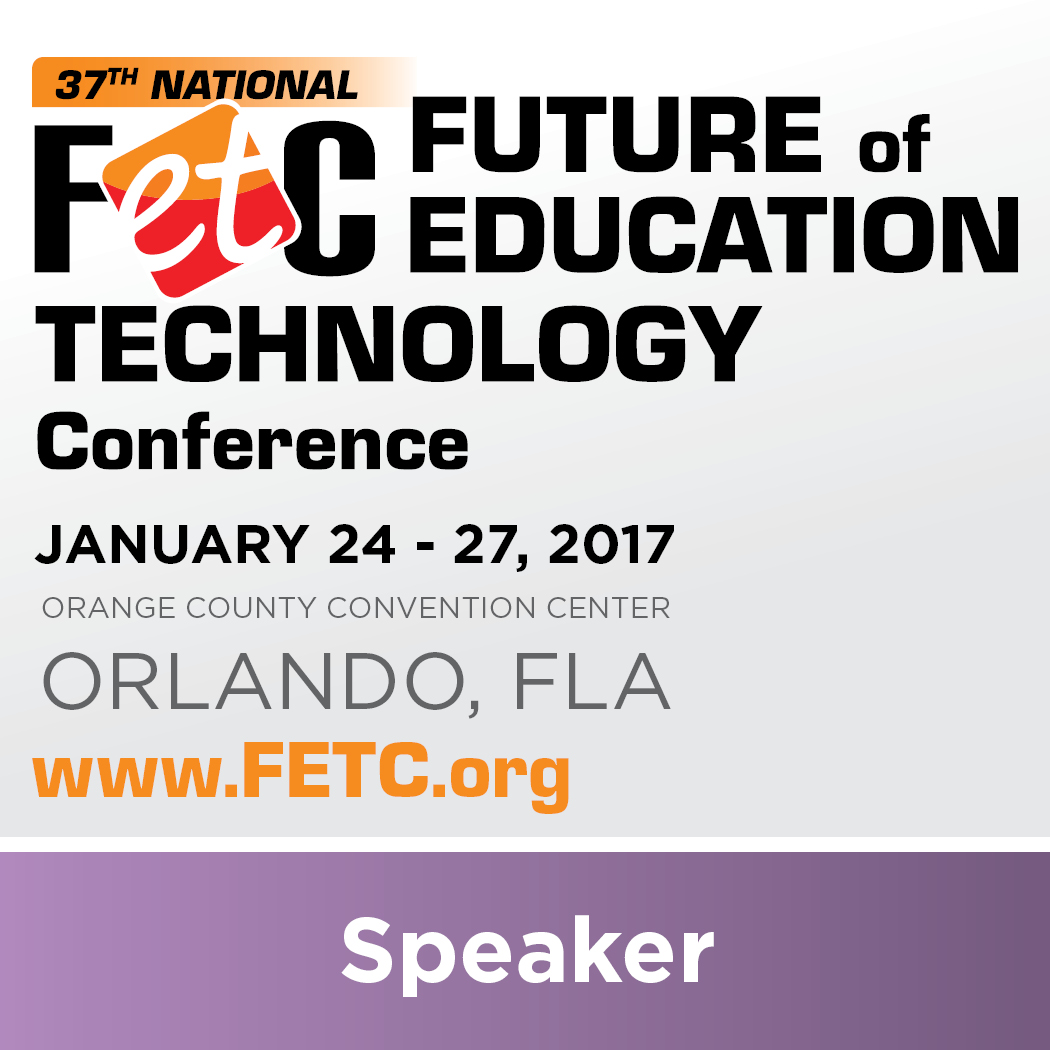This is a hot topic for me right now! Teachers feel overwhelmed with the Common Core and when you add the technology integration, they start to panic. My job is to help ease that panic.
Below is one of the excerpts from my Common Core and Technology training I conduct for educators in my district and at conferences.
Enjoy!
Common Core and Technology - Writing Standard #7
Tuesday, September 17, 2013
Thursday, September 12, 2013
iPads in the Math Classroom
Quite often I see students using iPads (and technology in general) in the language arts classrooms, but I don't always see it in the math classrooms. Yes, the word "technology" is seen through out the ELA Common Core and not seen through out the Math Common Core, BUT that doesn't mean you can't use technology in math!
So, how can I use an iPad in a math classroom? There are several apps out there that can enhance math standards in the K-6 classroom.
COUNTING AND CARDINALITY
~ Monster Squeeze - This app is by Everyday Mathematics. This app provides two students to practice comparing numbers and working with number line.
OPERATIONS AND ALGEBRAIC THINKING
~ Numbler - This is one of my daughter's new favorite games. This app is just like Scrabble, but with numbers. The player plays against the "computer" to create number sentences using the number tiles provided.
~ Tiny Chicken Learns Math - This is one of the many great apps from Tap to Learn. In this app, Tiny Chicken has to cross obstacles by solving equations.
~ Pick-A-Path - This app is by the National Council of Teachers of Mathematics. Students select a path in order to create a number that meets the target. This app gets harder has you master each level.
NUMBER AND OPERATIONS IN BASE TEN
~ Tiny Chicken Learns Rounding Numbers - Students practice rounding numbers to the ten-thousandth place while helping Tiny Chicken open the vault.
NUMBER AND OPERATIONS - FRACTIONS
~ Virtual Manipulatives - I like this app because it provides students with endless opportunities to practice working with fractions, decimals, and percents.
~ Pizza Fractions - How doesn't love working with pizza? Students can practice their fractions knowledge with pizza.
MEASUREMENT AND DATA
~ Graphs - This app provides both instructional time and practice time. Students can learn about various graphs and then practice what they have learned.
GEOMETRY
~ Geoboard - The name of the app tells you what it can do!
There are also some great general math apps that can fit in any of the domains about.
~ Marble Math & Marble Math Jr - These two apps provide students with a variety of math problems they practice in a pinball type game.
~ Math Champ - I don't know too much about Math Champ, but from what I have read and seen I need to download this app quick!
What apps do you use in the math classroom?
Monday, September 2, 2013
#edtechchat suggestions for PD books
Tonight's #edtechchat topic was all about books! I have to admit, my list of "need to read" is much longer than "have read". I was not able to get EVERY book mentioned, but if you are like me then this list will keep you busy for a while!
What is your favorite book in terms of educational philosophy?
What is your favorite book in terms of educational philosophy?
What is your favorite book in terms of gaining technical competence?
~ The Connected Educator
And don't forget educational blogs!
What is your favorite book in terms of learning methods/processes?
~ The New Social Learning
~ Teach Like a Champion
~ Teach Like a Champion
What is your favorite book in terms of integrating technology into education?
What is the best first book to help someone understand #edtech?
Must have journals...
~ Tech and Learning
~ Learning and Leading
~ District Administrator
~ THE
And don't forget educational blogs!
Sunday, September 1, 2013
blogging in the classroom
The Common Core State Standards have put an emphasis on writing. My daughter, for example, has to write in all of her core subject classes.
One way teachers have integrated writing in the content areas is through a writing journal. Probably the most common way teachers use writing journals in the classroom is with pre-made writing prompts. You can do a search for "writing prompts" and probably be set for life! You have to ask yourself though, are these writing prompts that someone else created benefiting my students.
Writing journals can be used in numerous ways. Students can use writing journals to record science observations and hypotheses for experiments. In math, students can write their thinking or thought process for solving a problem.
One thing these writing journals do not help students with is using technology. Technology is another emphasis you see in the Common Core State Standards. So how can we take the writing journal and make it more Common Core friendly? The answer is the weblog or blog.
A blog is simply an online writing journal. The poster, the one who writes the blog entry, expresses their feelings/thoughts, shares ideas, or just talks about nothing in particular. Blogs can be a collection of entries from one person or multiple people.
The use of blogs in the classroom can be rather beneficial and relatively simple.
The first you need to do is make sure you school district's AUP allows you to incorporate classroom/student blogging. While you are at it, you will want to get some insight into what blogging websites are ok to use in your district. In my district, for example, the teachers incorporate blogging directly within their classroom website. Some districts may allow sites like Word Press, Blogger, or Edublogs. The fun part, for me at least, is creating and decorating your blog. This may be the elementary teacher in me coming out!
Once created, you are ready to start blogging, well almost! This is a great time to talk with your students about digital citizenship and their digital footprint. You want to model, model, model, and model some more about how to blog and respond to comments appropriately. Resources like Common Sense Media can help you with how to talk to your students about digital citizenship and digital footprints.
Ok now you are ready, but what do you want to blog about? What do you want the students to get out of blogging? Do you want your students to respond to a question? Do you want the students to share their writing? Do you want to venture into using blogs in all of your content areas? For my daughter, blogging in the classroom involves responding to a question provided by the teacher. This limits the blog response, but still provides her with the opportunity to express her thoughts in an online format.
So lets get back to the fact the blogging will help with meeting the writing emphasis located in the Common Core State Standards.
Writing Standard #6 (grades K-12)
In this standard, students are to use digital tools to produce and publish writing. By allowing students to create a blog post, they are able to publish writing for varied audiences. You can take this one step further by allowing students to comment on other blog posts. These comments will not be as polished as a post, but it allows the students an opportunity to "write", use a digital tool, and express their thoughts and feelings about someone else's work.
Writing Domain: Text Types and Purposes (grades K-12)
In this standard, students can use the blog to publish their narrative, opinion, or informative writing. This again, allows the students to use a digital tool and gives other students to opportunity to comment on someone else's piece of writing. The comments can't be "I like your story" but rather followed-up with reasons and examples.
Writing Domain: Range of Writing (grades 3-12)
By allowing students to blog, you are providing them the time and opportunity to vary their writing. The above mentioned suggestions provide students with a good range of writing.
Do you allow your students to blog? If the answer is no, then what is stopping you? If you do let your students blog, share your experiences with us!
One way teachers have integrated writing in the content areas is through a writing journal. Probably the most common way teachers use writing journals in the classroom is with pre-made writing prompts. You can do a search for "writing prompts" and probably be set for life! You have to ask yourself though, are these writing prompts that someone else created benefiting my students.
Writing journals can be used in numerous ways. Students can use writing journals to record science observations and hypotheses for experiments. In math, students can write their thinking or thought process for solving a problem.
One thing these writing journals do not help students with is using technology. Technology is another emphasis you see in the Common Core State Standards. So how can we take the writing journal and make it more Common Core friendly? The answer is the weblog or blog.
A blog is simply an online writing journal. The poster, the one who writes the blog entry, expresses their feelings/thoughts, shares ideas, or just talks about nothing in particular. Blogs can be a collection of entries from one person or multiple people.
The use of blogs in the classroom can be rather beneficial and relatively simple.
The first you need to do is make sure you school district's AUP allows you to incorporate classroom/student blogging. While you are at it, you will want to get some insight into what blogging websites are ok to use in your district. In my district, for example, the teachers incorporate blogging directly within their classroom website. Some districts may allow sites like Word Press, Blogger, or Edublogs. The fun part, for me at least, is creating and decorating your blog. This may be the elementary teacher in me coming out!
Once created, you are ready to start blogging, well almost! This is a great time to talk with your students about digital citizenship and their digital footprint. You want to model, model, model, and model some more about how to blog and respond to comments appropriately. Resources like Common Sense Media can help you with how to talk to your students about digital citizenship and digital footprints.
Ok now you are ready, but what do you want to blog about? What do you want the students to get out of blogging? Do you want your students to respond to a question? Do you want the students to share their writing? Do you want to venture into using blogs in all of your content areas? For my daughter, blogging in the classroom involves responding to a question provided by the teacher. This limits the blog response, but still provides her with the opportunity to express her thoughts in an online format.
So lets get back to the fact the blogging will help with meeting the writing emphasis located in the Common Core State Standards.
Writing Standard #6 (grades K-12)
In this standard, students are to use digital tools to produce and publish writing. By allowing students to create a blog post, they are able to publish writing for varied audiences. You can take this one step further by allowing students to comment on other blog posts. These comments will not be as polished as a post, but it allows the students an opportunity to "write", use a digital tool, and express their thoughts and feelings about someone else's work.
Writing Domain: Text Types and Purposes (grades K-12)
In this standard, students can use the blog to publish their narrative, opinion, or informative writing. This again, allows the students to use a digital tool and gives other students to opportunity to comment on someone else's piece of writing. The comments can't be "I like your story" but rather followed-up with reasons and examples.
Writing Domain: Range of Writing (grades 3-12)
By allowing students to blog, you are providing them the time and opportunity to vary their writing. The above mentioned suggestions provide students with a good range of writing.
Do you allow your students to blog? If the answer is no, then what is stopping you? If you do let your students blog, share your experiences with us!
Subscribe to:
Posts (Atom)










